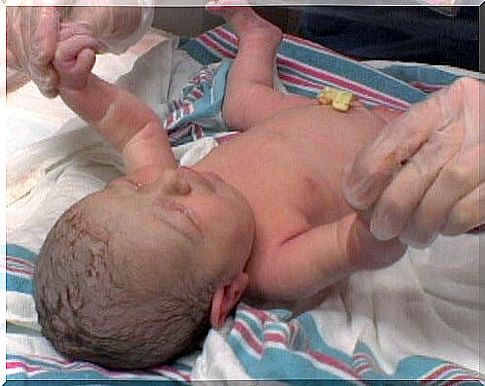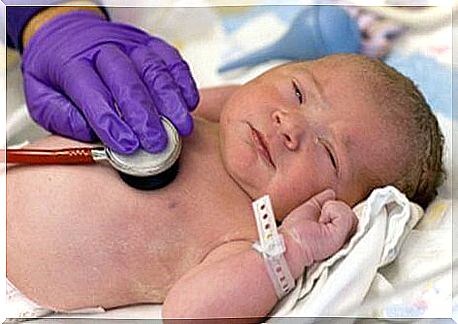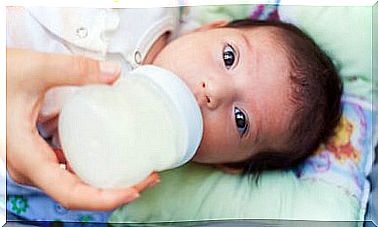The Apgar Score: What Is It? Why Is This Important? – Being Parents

After giving birth, what a woman wants most in the world is to hold her child in her arms. The wait was long, sometimes difficult. B
Of course, she asks the healthcare professionals if her baby is okay. To eliminate any doubt, the medical team examines the newborn a few minutes after delivery. This is called the Apgar score.
The team conducts a careful assessment. By taking the baby through a series of tests, it is verified that he is in good health and that he has no particular problems. It’s a regular exam and there’s nothing really to worry about or exceptional about. The baby does not suffer from it.
What is the Apgar score?
The first ten minutes of life are crucial for the newborn baby. This is why the medical team immediately proceeds to the Apgar test, that is to say a quick examination of his state of health.
It can be done in a minute, sometimes five or even ten. During this medical examination, five specific elements are assessed. Each element is scored out of 2. We then add up to obtain an overall score.
- Breathing
- Pulse / heart rate
- Muscle activity / tone
- Grimacing / reflexes to stimuli
- Appearance or skin color
The initial test determines whether the baby has tolerated the delivery well and the additional examination, whether it has adapted to ectopic life. It is this second test that is considered the most important. It is a fundamental analysis tool in neonatology.
The Apgar score is used to quickly and gently determine whether the newborn needs respiratory assistance and whether he has heart problems or neurological sequelae.

If the Apgar score is in a range between 7 and 10, it means that the baby is adjusting well to its new environment. Between 5 and 7, the baby must have run out of oxygen during delivery. In this case, he needs respiratory assistance.
It is very rare for a baby to score below 5. However, this can happen with premature babies or babies born by cesarean section in an emergency. If there were any complications during childbirth, the newborn baby may also have breathing or heart problems.
The criteria to be taken into account

Heart rate
According to pediatricians, this is the most important evaluated item of the Apgar test. If the baby has no heartbeat, the score is 0. If the heart beats less than 100 beats per minute, the score is 1. If the baby beats more than 100 beats per minute, it is the maximum score, i.e. 2.
Breathing
This test is used to assess the maturity and health of the lungs. The movements of the thorax are observed during inspiration and expiration.
When the baby is not breathing, we score 0. If his breathing is slow or irregular, we count 1. If he is breathing normally or crying, this is the maximum score.
Muscle tone
We observe the force of the movements and the flexion of the extremities. We see that the baby has good muscle tone when his extremities are flexed and he manages to make spontaneous movements. If this is the case, we denote by 2.
If ever his extremities are stretched and flabby, it is considered that his muscle tone is poor. In this case, we denote by 0.
Reflexes
It is the involuntary reaction of the newborn to unpleasant stimuli. We mainly assess the irritability reflex (crying, grimacing, coughing, sneezing or gesticulating).
When there is no response, we note 0. If he makes faces or light gestures, we note 1. If there is crying, coughing or sneezing, we note 2.
Skin color
It varies depending on the oxygenation of the baby. It also depends on the pigmentation.
When the baby has a dark complexion, we observe the color of the mucous membranes of the mouth, cornea, lips, palms of the hands and soles of the feet.
If it is a baby with a fair complexion, we observe the color of his skin in general, which we compare to the condition of the feet and hands.
During each test, the pediatrician takes into account a series of characteristics. He then gives a score from 0 to 2. The overall score obtained makes it possible to assess the state of health of the newborn and to determine the aspects that must be monitored so that he leads a healthy life or at least, with as few health problems as possible.









